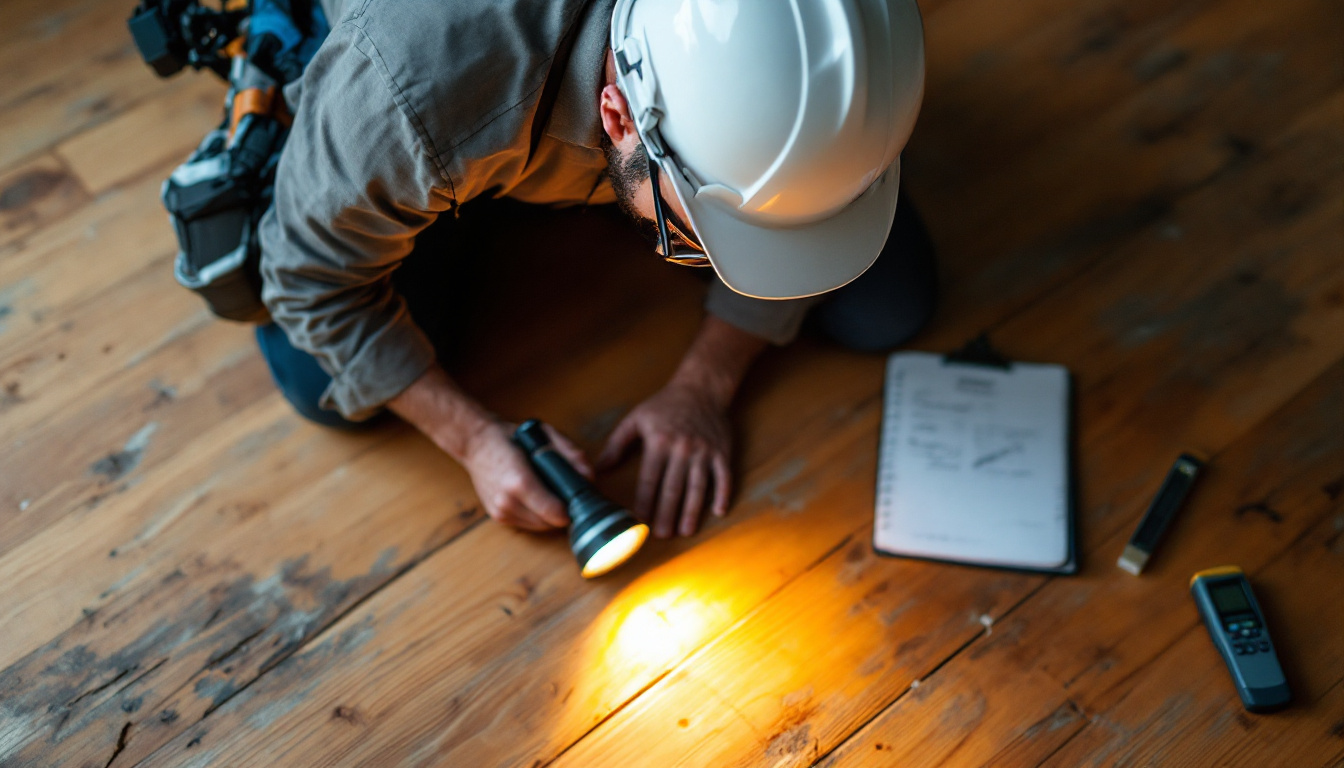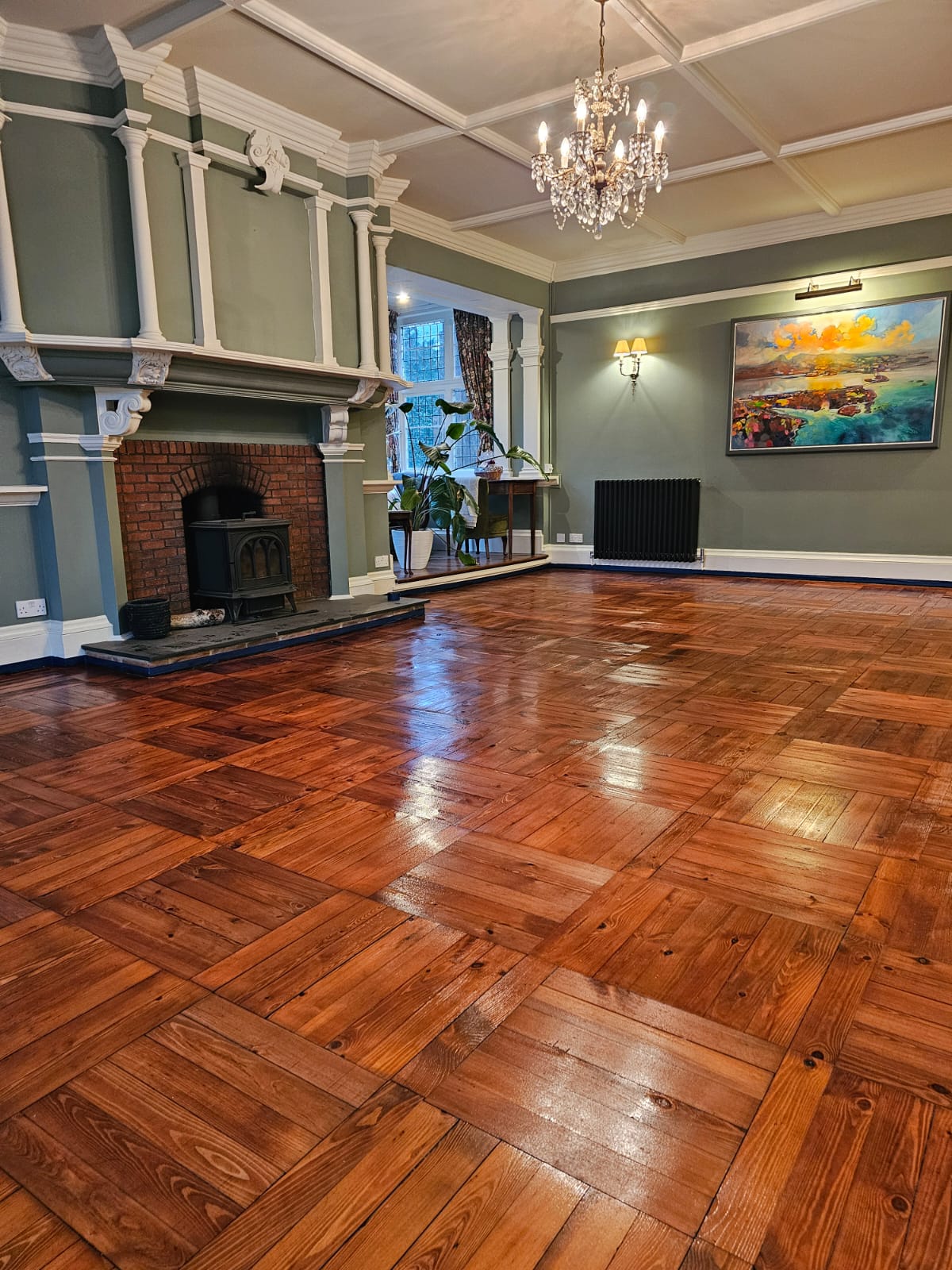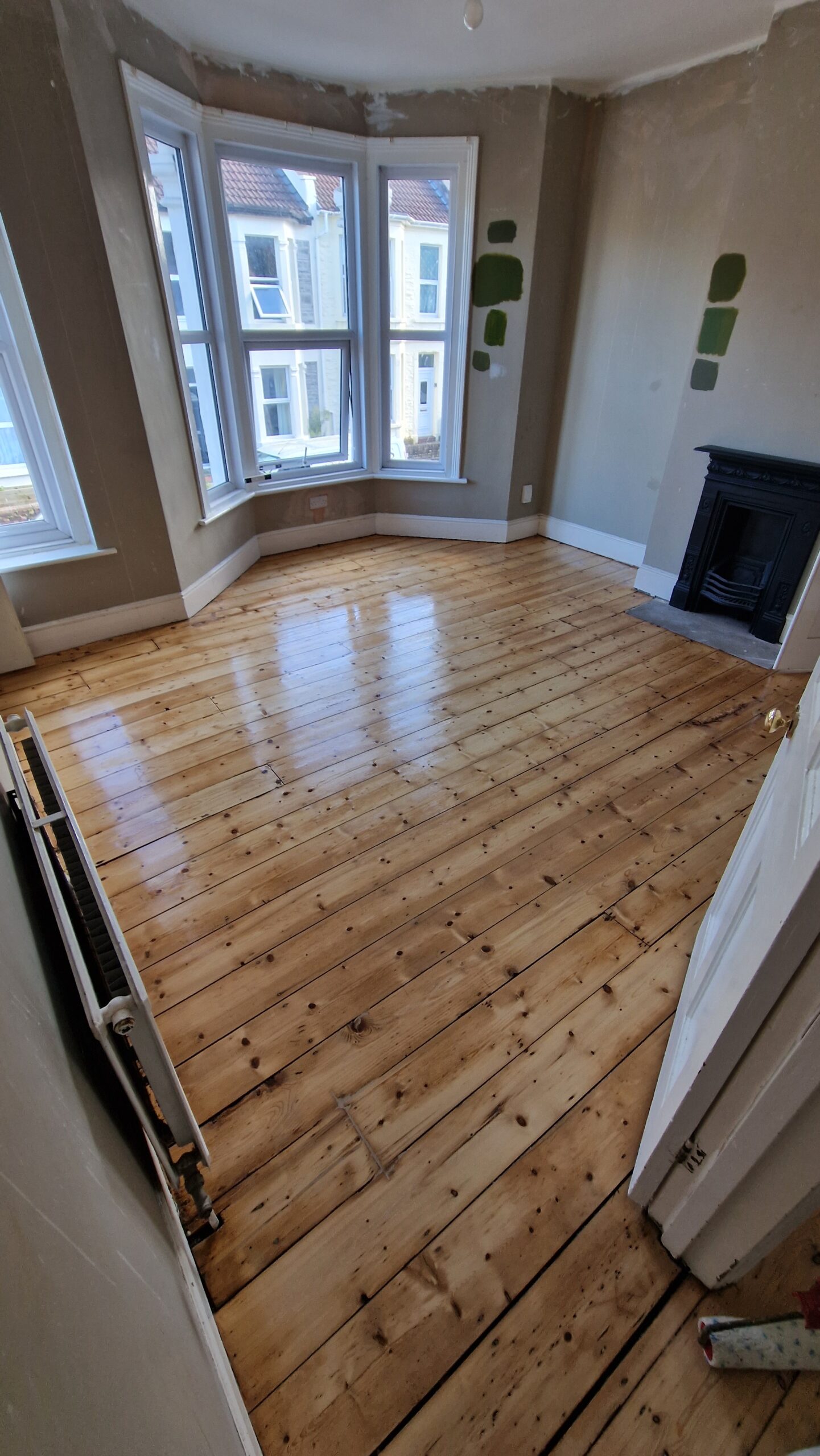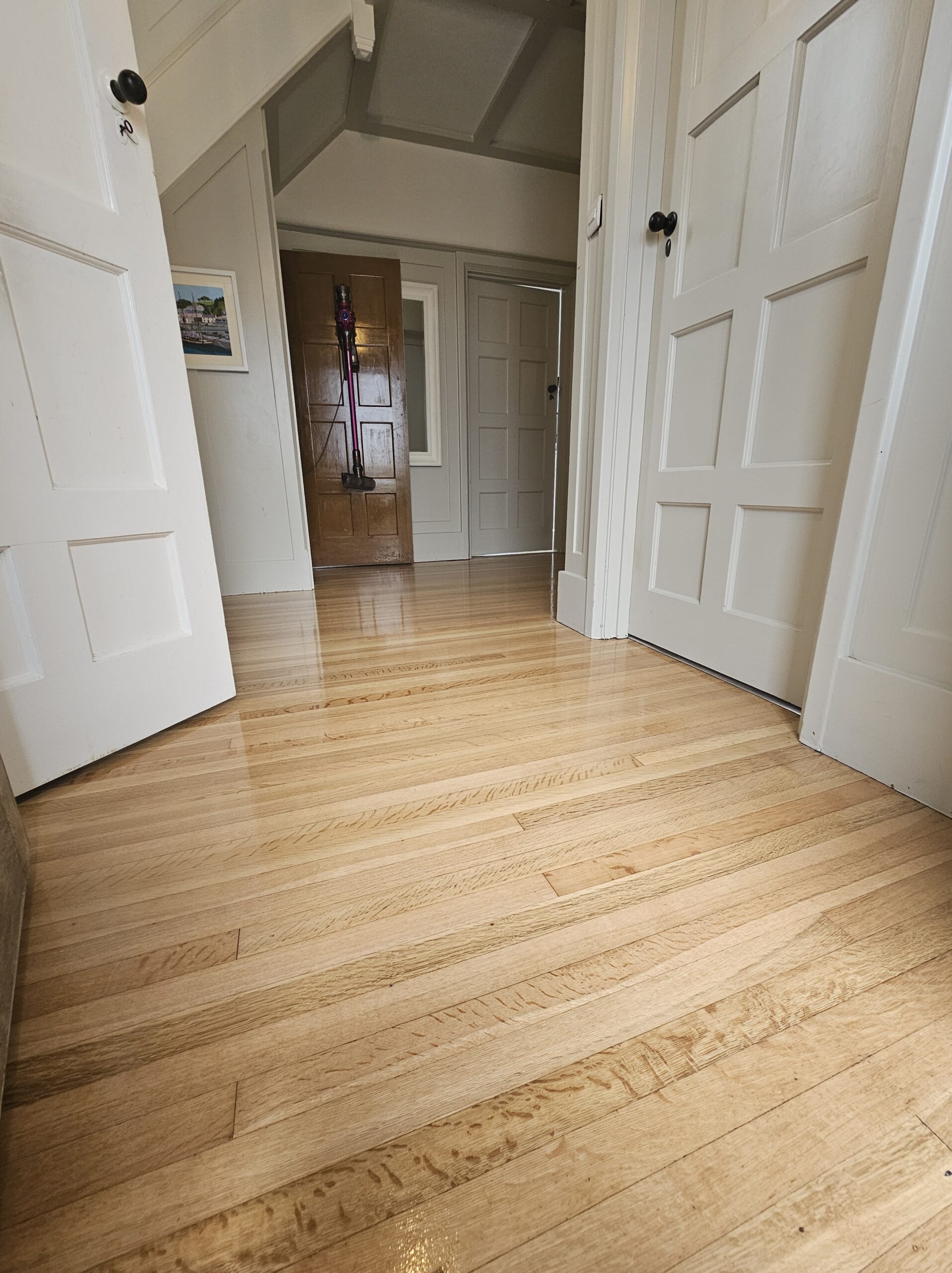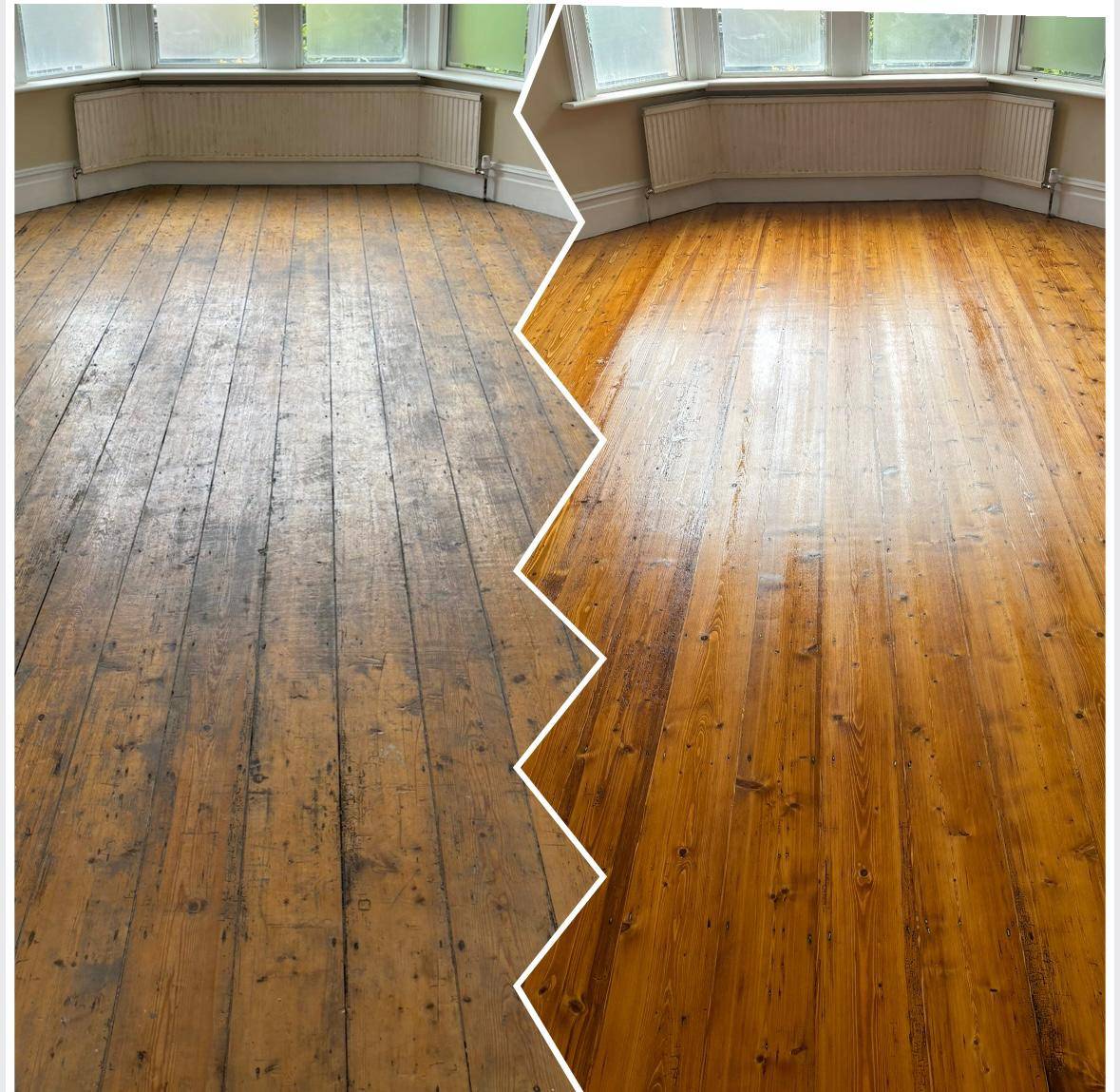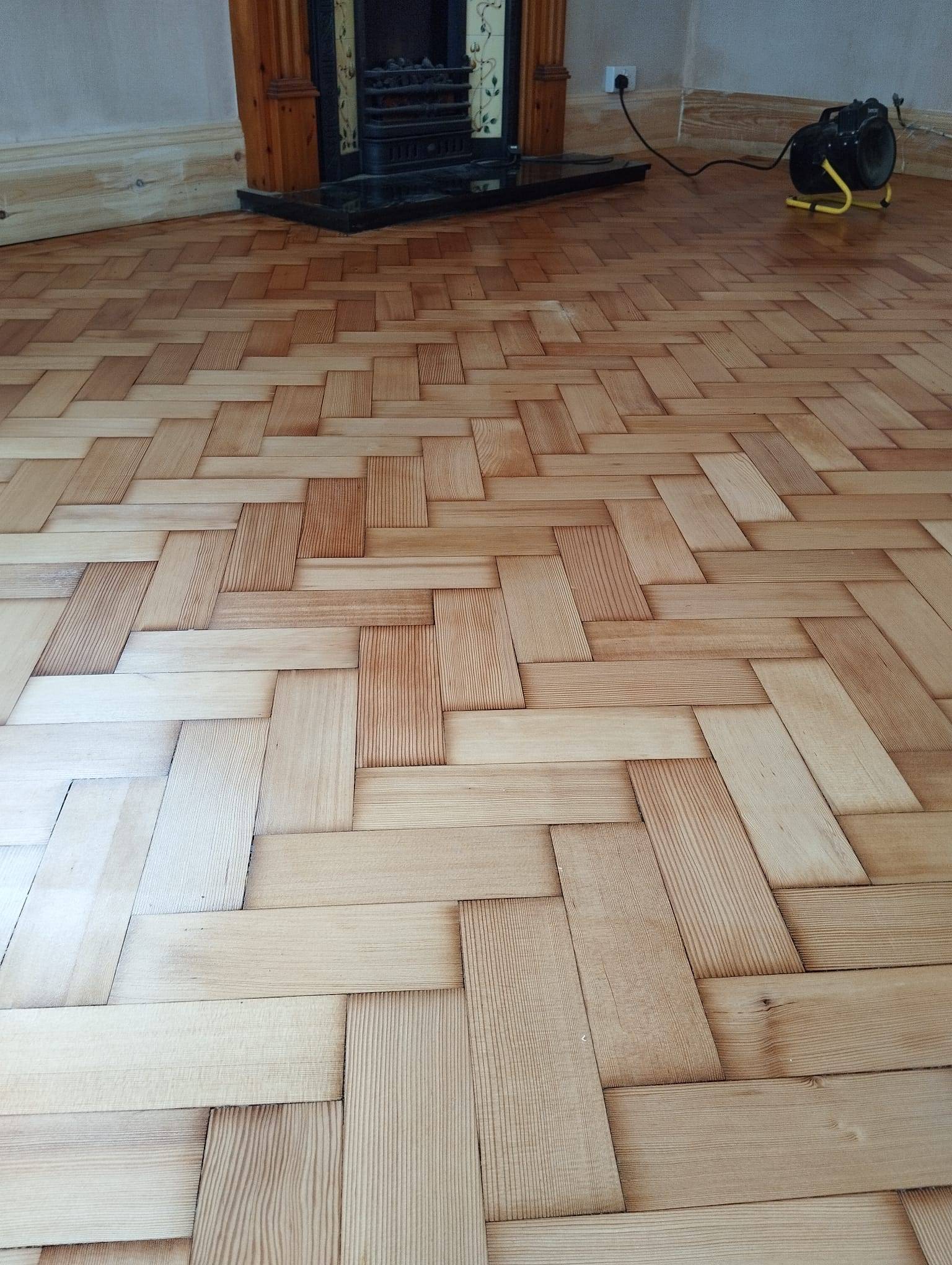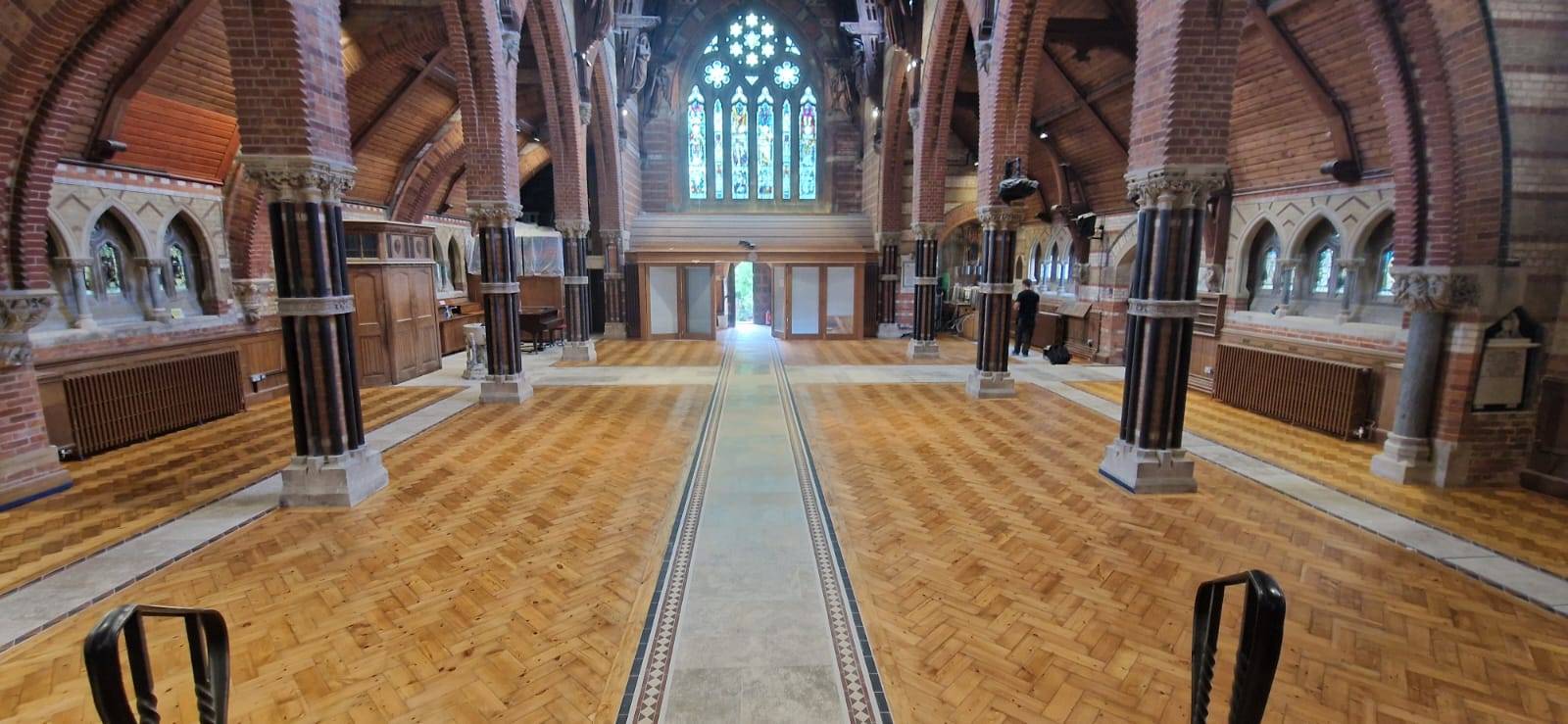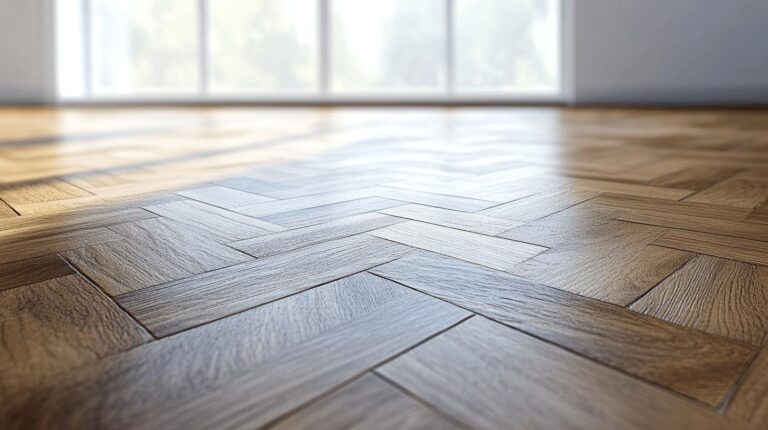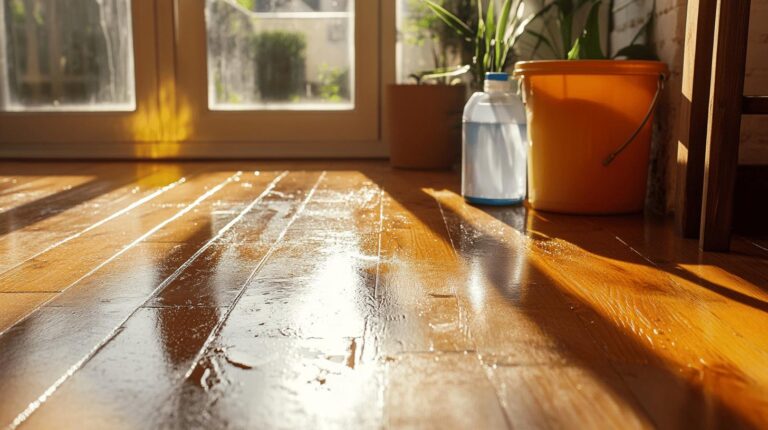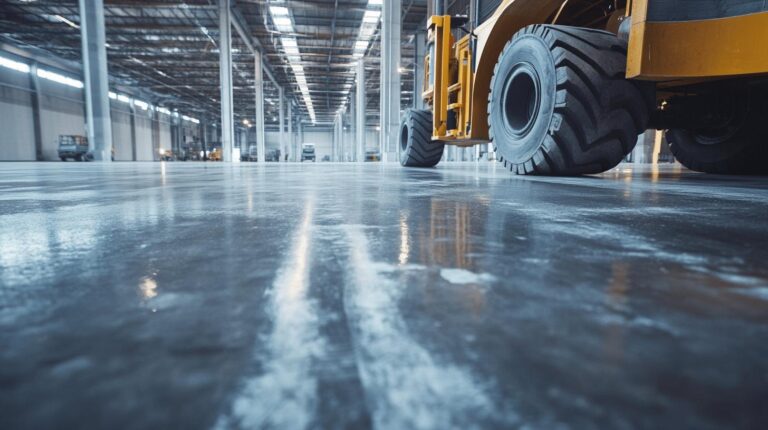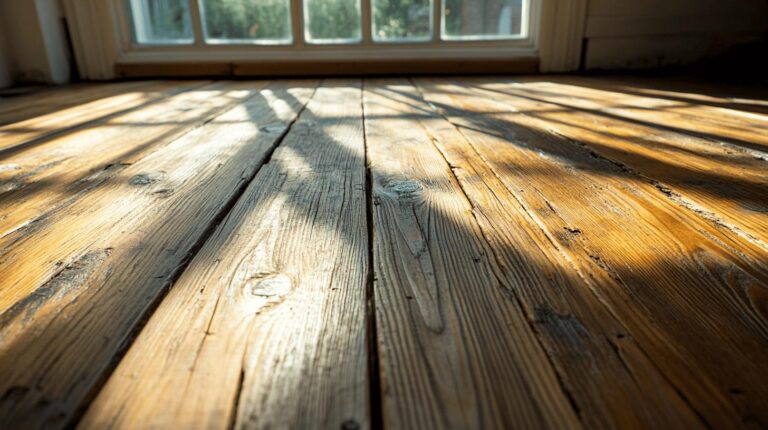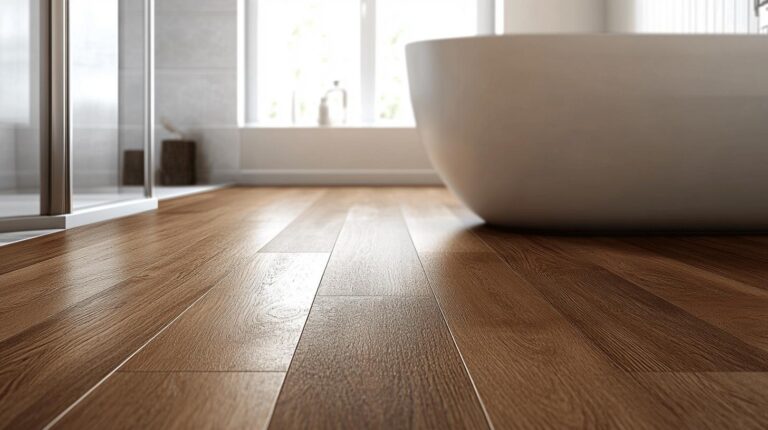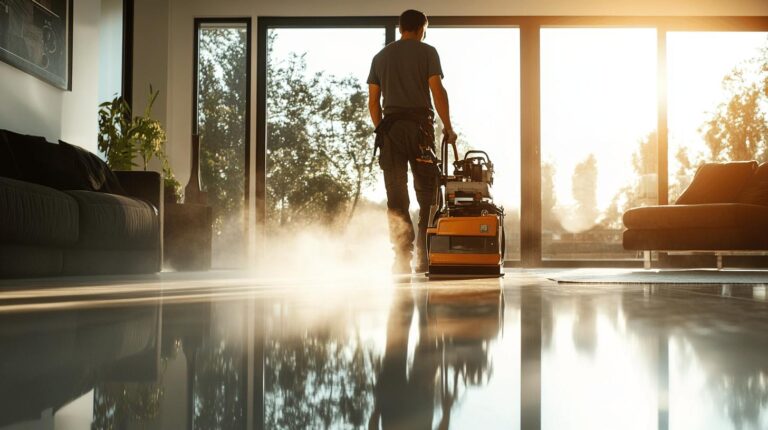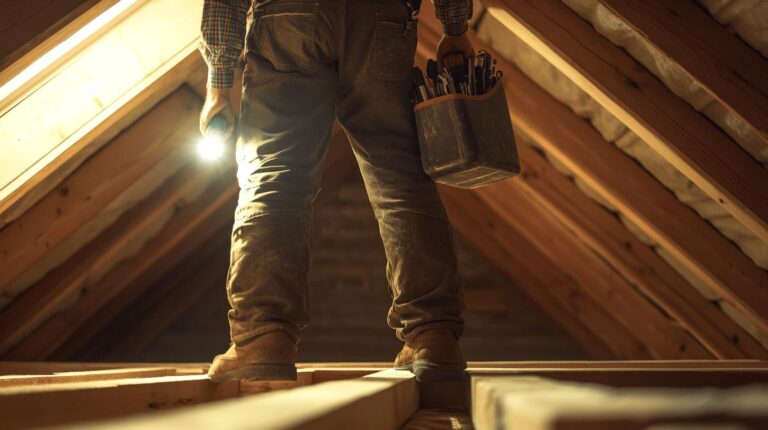Is it possible that skipping a floor inspection could jeopardise the success of your floor restoration project? Before undertaking any restoration work, comprehensive floor inspections are critical to identifying hidden issues such as cupping, crowning, and deteriorating floorboards. These problems, if left unchecked, can compromise both the aesthetic outcome and the safety of your home. By understanding the value of pre-restoration assessments, homeowners can make informed decisions, ensuring that restoration projects start on a solid foundation. Delve deeper into why an inspection is an integral first step in achieving a high-quality restoration.
Understanding the Importance of Floor Inspections
Floor inspections are a critical step in the restoration project planning process. They provide a comprehensive evaluation of the existing condition of wooden floors, which is essential for identifying any underlying issues that could compromise the effectiveness of restoration efforts. By conducting a thorough pre-restoration assessment, property owners can pinpoint various forms of wear and tear, such as deep scratches, dents, and discoloured areas, that need to be addressed. This proactive approach not only safeguards the structural integrity and safety of the flooring but also ensures that the restoration project is tailored to the specific needs of the floor, leading to more durable and aesthetically pleasing results.
Common problems uncovered during floor inspections include moisture-related issues such as cupping and crowning. Cupping occurs when the edges of the floorboards rise due to moisture imbalance while crowning is characterised by the centre of the board’s lifting. These issues often indicate significant moisture imbalances that can lead to further deterioration if not rectified promptly. Identifying these problems early allows for corrective measures to be taken, preventing long-term damage and ensuring the floor’s longevity.
Inspections also play a pivotal role in successful restoration project planning by providing a detailed scope of work. By understanding the current state of the floor, including any structural impairments such as rotten or sagging sections, one can accurately plan the necessary steps for restoration. This knowledge is invaluable for ensuring that all potential risks and complications are accounted for, leading to a seamless restoration process that meets both aesthetic and functional expectations.
Common Problems Revealed During Floor Inspections
Floor inspections are instrumental in detecting a range of issues that could compromise the flooring’s integrity and lead to further damage if not addressed. These inspections can uncover problems such as moisture imbalances, structural deterioration, and installation flaws. Identifying these issues early is crucial for ensuring the long-term performance and safety of the floor, as well as for planning effective restoration strategies.
Moisture-Related Issues
Moisture imbalances are a common problem that can significantly affect flooring. Cupping and crowning are two moisture-related issues often identified during inspections. Cupping occurs when the edges of the floorboards rise due to excess moisture content at the bottom of the boards, creating a concave appearance. Conversely, crowning happens when the centre of the boards lifts, often due to moisture imbalances that cause the top side to expand more than the bottom. Both issues compromise the structural integrity of the flooring and may lead to further complications if not rectified promptly. Corrective measures, such as controlling moisture levels and ensuring proper ventilation, are essential to prevent these problems.
Structural Deterioration
Structural deterioration, including rotten and sagging floors, is another critical issue that inspections can reveal. These problems are often the result of prolonged moisture accumulation and can be particularly prevalent in older homes where structural components may have weakened over time. Rotten floors are typically characterised by decay in the wood, making them unsafe and structurally unsound. Sagging floors, on the other hand, may indicate compromised supports or joists. Addressing these issues is vital for maintaining the floor’s stability and preventing further damage, which may involve repairing or replacing the affected components.
Installation Flaws
Improper installation is a frequent cause of common flooring issues, such as squeaky sounds and gaps. Squeaky floors often arise from loose nails or inadequate fastening, creating friction between the floorboards and the subfloor. Gaps can result from insufficient acclimation of the wood to its environment before installation, leading to shrinkage and separation. These flaws not only affect the floor’s appearance and functionality but can also indicate larger underlying issues. Correcting installation errors is essential for ensuring the floor’s longevity and preventing future problems. Proper installation techniques, including using the right fasteners and allowing materials to acclimate, are crucial for avoiding these pitfalls.
The Floor Inspection Process: A Step-by-Step Guide
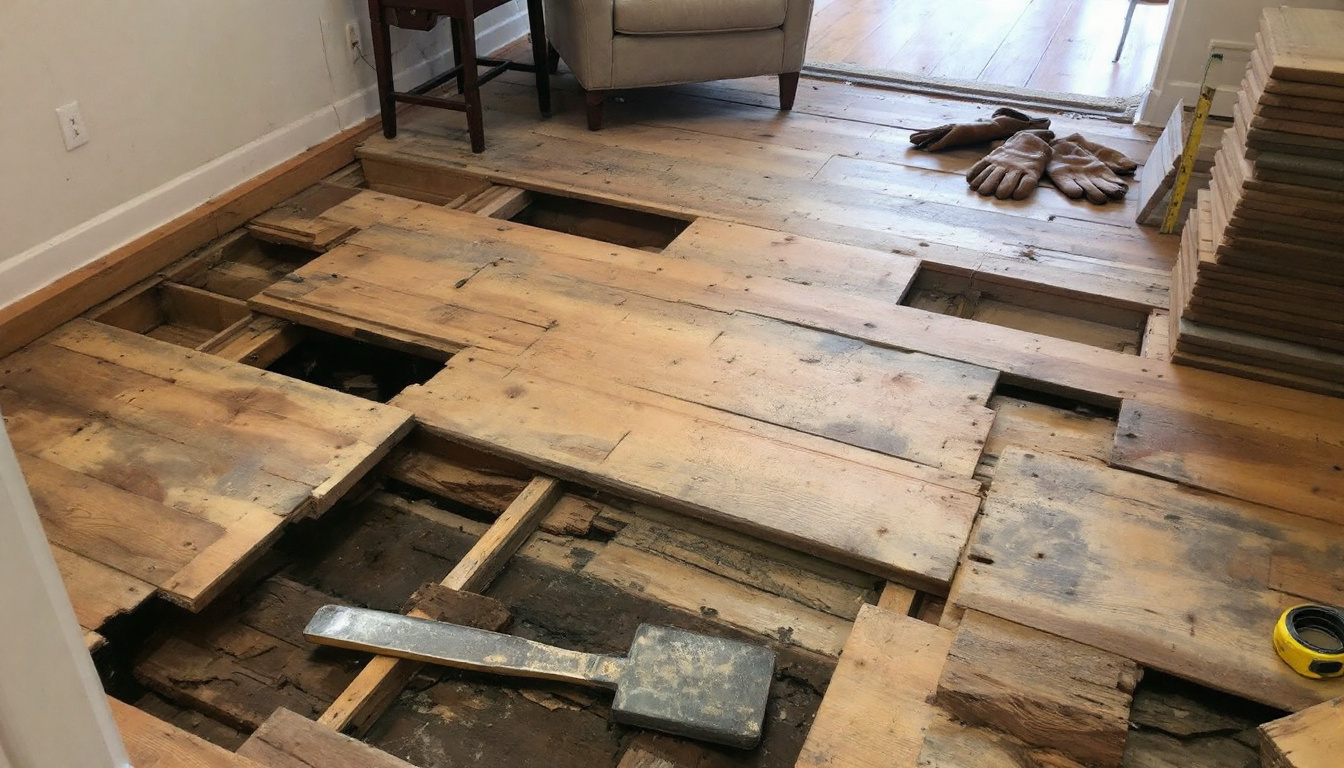
Conducting a comprehensive floor inspection is essential in evaluating the condition of a property’s flooring before commencing any restoration project. This process is pivotal not only for identifying any existing issues but also for ensuring compliance with regulatory standards and aligning with client expectations. Certified inspectors utilise a detailed floor inspection checklist to systematically assess the flooring, which helps uncover problems that could compromise the restoration’s success and the floor’s long-term performance. These inspections are crucial for maintaining the structural integrity of the flooring, as well as for determining the appropriate restoration methods and materials required.
- Initial visual assessment
- Checking for moisture levels
- Evaluating structural integrity
- Identifying wear and tear
- Inspecting the subfloor conditions
- Compiling a comprehensive report
Inspectors rely on a range of tools to conduct thorough evaluations and ensure that no detail is overlooked during the inspection process. Moisture meters are commonly used to detect moisture imbalances that can lead to issues like cupping and crowning. Additionally, specialised tools such as fasteners are critical for assessing the integrity of the flooring material and subfloor. The choice of fasteners, including their type and length, depends on the specific flooring material and subfloor characteristics. By using the right tools, inspectors can accurately diagnose potential problems and recommend the most effective solutions, paving the way for a successful restoration project.
The Financial and Safety Benefits of Floor Inspections
Floor inspections are a crucial step in any restoration project, particularly when it comes to avoiding unforeseen financial burdens. By identifying potential issues before starting work, inspections help prevent costly repairs that could arise if problems remain undetected. For instance, addressing structural issues like foundation cracks early can save substantial sums by mitigating the risk of these problems worsening after new flooring installations. Inspections also enable property owners to plan their renovation budgets more accurately, ensuring that they allocate resources efficiently. This foresight not only optimises the financial aspects of restoration projects but also enhances the overall quality and durability of the work performed.
- Avoiding costly repairs
- Enhancing project budgeting
- Ensuring longevity of restoration work
- Preventing structural damage
- Reducing insurance premiums
Moreover, floor inspections are pivotal for ensuring safety compliance and mitigating potential hazards. Identifying and rectifying issues such as uneven surfaces or compromised structural supports before restoration work begins helps prevent accidents and injuries. Ensuring compliance with safety regulations not only protects the occupants but also shields property owners from potential legal liabilities. Additionally, thorough inspections can lead to reduced insurance premiums, as insurers often view well-maintained properties as lower risk. By addressing these safety and regulatory concerns proactively, property owners can achieve a seamless restoration process with enhanced peace of mind.
Expert Recommendations and Best Practices for Floor Inspections
Professional inspections are crucial for ensuring a comprehensive evaluation of flooring conditions before embarking on a restoration project. The expertise of a professional inspector can identify issues that might be overlooked by an untrained eye, ensuring that all potential risks are addressed. When considering whether to undertake a DIY restoration or hire a professional, factors such as the complexity of the project, one’s skill level, and potential risks should be weighed carefully. For example, the condition of the floor’s supports is critical for stability, and any signs of creaking or sagging may necessitate a professional inspection to prevent further damage. Ultimately, leveraging professional expertise can lead to a more seamless, efficient, and successful restoration.
Best practices for thorough floor inspections include using the right tools to detect hidden issues and ensuring that the inspection covers all aspects of the floor and subfloor. Inspectors should systematically evaluate factors like moisture levels, structural integrity, and wear and tear. Following these best practices not only aids in identifying potential problems but also facilitates effective planning and execution of the restoration project, ensuring long-term durability and safety.
Final Words
Initiating a floor restoration project without a thorough inspection risks overlooking critical issues like moisture-related damage and structural deterioration. The Importance of Floor Inspections Before Starting a Restoration Project cannot be understated. Inspections reveal hidden problems such as cupping, crowning, and installation flaws, paving the way for effective restoration planning.
Using a detailed checklist and professional tools ensures accurate assessments, safeguarding financial investments and enhancing safety. Whether involving experts or adopting best practice recommendations, a comprehensive floor inspection is the cornerstone of successful, durable restorations. Embrace this essential step to achieve superior results and maintain the integrity of your flooring over time.
FAQ
Q: Why are floor inspections essential before a restoration project?
A: Floor inspections are crucial for identifying underlying issues that can affect structural integrity and safety, such as floor cupping, rotten floors, and wear and tear.
Q: What common problems can floor inspections uncover?
A: Inspections reveal issues like squeaky sounds, gaps, soft floors, and cracks, often due to moisture imbalance, improper installation, or environmental damage.
Q: How do moisture-related issues affect flooring?
A: Moisture imbalance can lead to cupping, where edges rise, and crowning, where the centre lifts, compromising floor integrity and longevity.
Q: What are the causes of structural deterioration in floors?
A: Rotting and sagging often result from moisture accumulation and structural decay, especially in older homes, threatening stability.
Q: How can improper installation impact floors?
A: Improper installation may cause squeaky sounds and gaps, affecting the floor’s function and aesthetic appeal.
Q: What are the steps involved in a floor inspection?
A: The main steps include:
- Initial visual assessment
- Checking for moisture levels
- Evaluating structural integrity
- Identifying wear and tear
- Inspecting subfloor conditions
- Compiling a comprehensive report
Q: What tools are commonly used during floor inspections?
A: Tools such as moisture meters, levels, and infrared cameras help inspectors conduct thorough evaluations, ensuring compliance and accuracy.
Q: What are the financial benefits of conducting floor inspections?
A: Floor inspections help:
- Avoid costly repairs
- Enhance project budgeting
- Ensure restoration longevity
- Prevent structural damage
- Reduce insurance premiums
Q: How do floor inspections contribute to safety?
A: Inspections ensure safety and regulatory compliance by identifying potential hazards and addressing them before they cause harm.
Q: What expert recommendations exist for floor inspections?
A: Professional evaluations are crucial for ensuring thorough inspections. Key recommendations include:
- Check supports for stability
- Use certified inspectors
- Address creaking or sagging promptly
Q: What are some best practices for floor inspections?
A: Best practices involve thorough inspections by professionals who can ensure the proper evaluation of structural supports and address any issues effectively.
